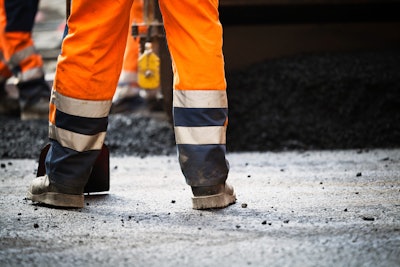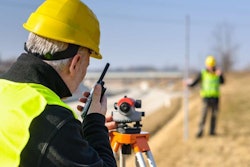
Transportation investment is said to be about job creation. Transportation Secretary Anthony Foxx has pointed out that an insolvent transportation system would cost 700,000 workers their jobs, and he’s noted on several occasions — including during his “Invest in America, Commit to the Future” bus tour last month — that new transportation projects create and support jobs.
When President Barack Obama proposed a multi-year highway bill earlier this year, he included funds dedicated to job and economic growth. The GROW AMERICA Act that Foxx sent to Congress last week was based on the president’s proposed bill.
Additionally, Rep. Bill Shuster and Sen. Barbara Boxer, both chair of their respective chamber’s transportation committee, said in March that the new highway bill is about jobs.
Despite many arguments that investment in infrastructure is about jobs, a new report from Standard & Poor argues that infrastructure investment offers much more.
In a report released Tuesday, Standard & Poor’s Ratings Services says investment in large infrastructure projects “can enhance efficiency and allow goods and services to be transported more quickly at lower costs,” offering long-term benefits in addition to job creation.
The report notes that the term “infrastructure” refers not only to transportation systems, but also to power grids, telecommunications networks and social infrastructure (e.g. schools and hospitals). However, the report points out that highway construction workers experience the clearest short-term benefits.
According to the report major infrastructure projects continue to create jobs for years — perhaps even decades — after the project is completed.
Major highway and bridge projects also create jobs in related sectors such as equipment manufacturing and aggregates production.
“It’s not just construction workers who would benefit,” the report states. “Road construction creates demand for grading and paving equipment; the need for raw materials such as cement, gravel, and asphalt; and roles for surveyors, engineers, and site managers, among others.”
Some of the long-term benefits mentioned in the report include:
-
Economic Growth: “A $1.3 investment in infrastructures can add $2.0 billion in growth and create more jobs in the economy,” the report notes. “We also found that after an initial increase in aggregate demand, an economy’s productive capacity and output typically also increases once the infrastructure is built and absorbed into the economy.”
-
Increased Tax Revenue: “We found that more paychecks also mean $xx billion more tax revenue for Uncle Sam. In line with our findings, the 2012 Associated Equipment Distributor (AED) report found that investing $1.00 in highways and streets returns about $0.35 in tax revenue to government coffers (of that, $0.23 goes to the federal government).”
-
Increased Property Value: “The EDRG found that property values increased by 6 percent in their study…. Proximity to public transit typically raises the value of residential and commercial real estate, according to the Treasury report, and the EDRG research supports the view that improvement in transportation makes an area more attractive as a place to live and work.”
-
Reduced Traffic Congestion: “Well-maintained roads with adequate capacity–along with access to public transit–helps to lower traffic congestion and accident rates, which not only saves lives, but also time and money… This is especially important given that the average American family spends more on transportation than anything else, with the exception of housing.”
-
Other benefits: “Transportation projects can boost the economy in a number of ways, including effects on employment (not just while the project is underway), income, land use, and property values, according to the EDRG.”
To read the full report, “U.S. Infrastructure Investment: A Chance To Reap More Than We Sow,” click here.












